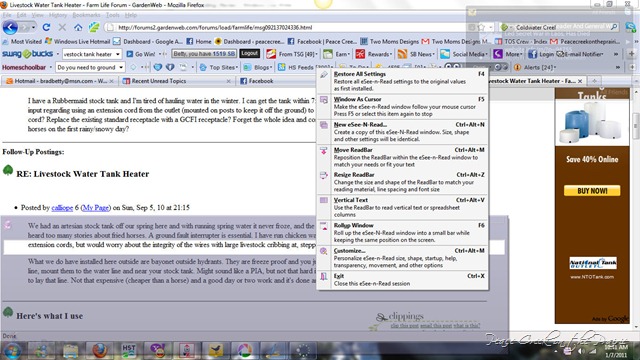Literacy, at its core, is about more than just being able to read and write. It’s also about being able to understand what you’re reading. Part of this has to do with retention – you may understand all of the words in the previous sentence, but if they seemingly evaporate from your brain soon after you read them as if they were never there, did you really get any value out of reading them at all?
Many students across the country have difficulties with reading retention, which ultimately sets up an important roadblock to their ability to read and learn. According to a study conducted by the Literacy Project Foundation, roughly 45 million people across the country are functionally illiterate – meaning that they read below a fifth grade level.
Twenty percent of Americans read below the level required to earn a living wage. In the California school system alone, 25 percent of students can’t perform basic reading skills. This is a major contributor to the more than 8,000 students who drop out of high school every day.
Solving a Modern Day Challenge
The most important thing to understand about retention and reading difficulties is that every student is different from the next. Not everyone processes information in exactly the same way. The reason one student has trouble retaining what they’re reading could be entirely different from a similar student – even if they’re displaying similar symptoms of a problem.
As a result, you need to consider the situation using a truly flexible approach – one that allows you to pivot your approach based on what your student needs to break through his unique barriers. This is one of the many reasons why assistive methods such as See-N-Read® Learning Tools are so important – they provide flexible solutions that can be applied to problems on an individualized basis.
Not Reading Tools – Learning Tools
The See-N-Read® MemoryMark™ tool, for example, is a reading tool that enables students to focus on the proper line and also highlight key passages of text to allow for easy re-reading – all without moving the tool off the chosen line of text. This helps establish text as an anchor point, making sure that they can isolate ideas and emphasize important passages to improve the long-term retention of information without interrupting the natural flow that they’ve developed.
This all has a positive snowball effect: students learn to single out key passages and to identify essential points while continuing to read at the pace that works best for them. They develop the ability to recognize main ideas on which they should focus, both improving their ability to retain what they read and honing their critical thinking skills.
This simple assistive tool for reading and taking notes helps users to recognize the context of the passage they’re reading. They learn to expand and build on concepts, not just to read faster or remember more information, but to develop their thinking and learning strategies and improve the quality of what they’re remembering as well.
This is just one example of a tool that can help kids remember what they’ve read. It’s safe to say that whatever steps you take that support a student’s ability to combat reading deficiencies on their own terms and to retain what they’ve read are worthwhile steps indeed.





